STEPHEN UHRANEY | Life In The Marsh

The Holland Marsh in Bradford Ontario Canada is an agricultural community just north of Toronto. It is known as Ontario’s “Salad Bowl.”Its common crops of onions, celery, and carrots are augmented by minor fields of Chinese broccoli, Asian radish, red kale, and water spinach.
In the mid-1930s, The Holland Marsh was turned into fertile workable land, after a canal was dug encircling and draining its massive 7,000 plus acres. This allowed depression-era tenement farmers the task of clearing and working the land.
What is little known is the diversity of the people that live and work here. A thriving community of farmers and seasonal field workers plant, maintain and harvest crops from early Spring until late Fall.
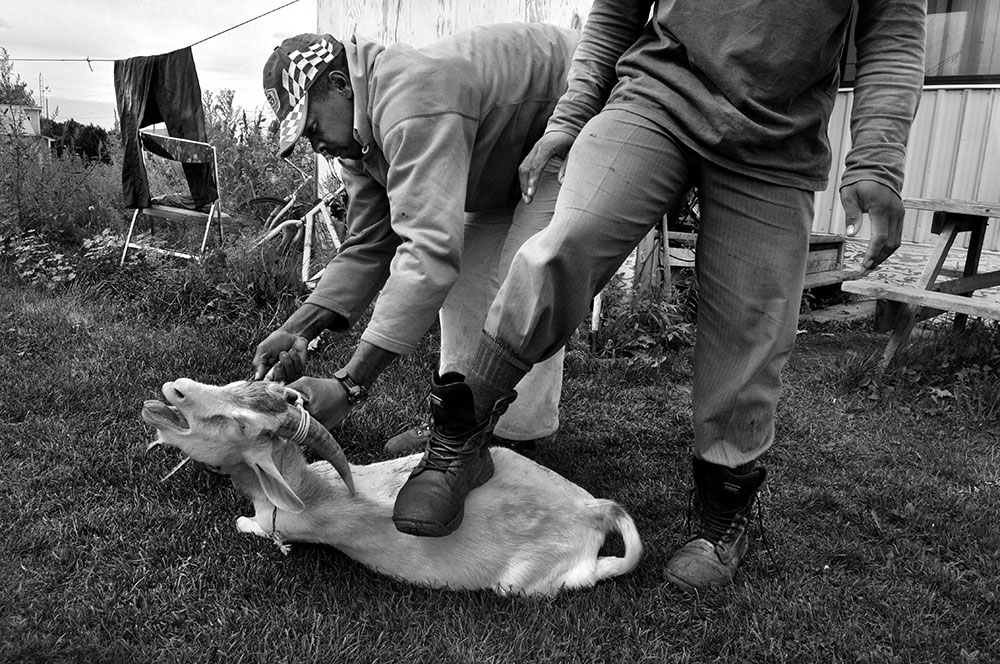
Farmers can just as easily be third-generation landowners or relatively new Canadians who first got a foothold here as hired hands before rising to ownership.
Migrant workers usually arrive in early April from the Caribbean, India, and Asia and stay until the final harvest in late November. Daily life in the marsh is as diverse as the people who work it: as diverse as the crops it yields.
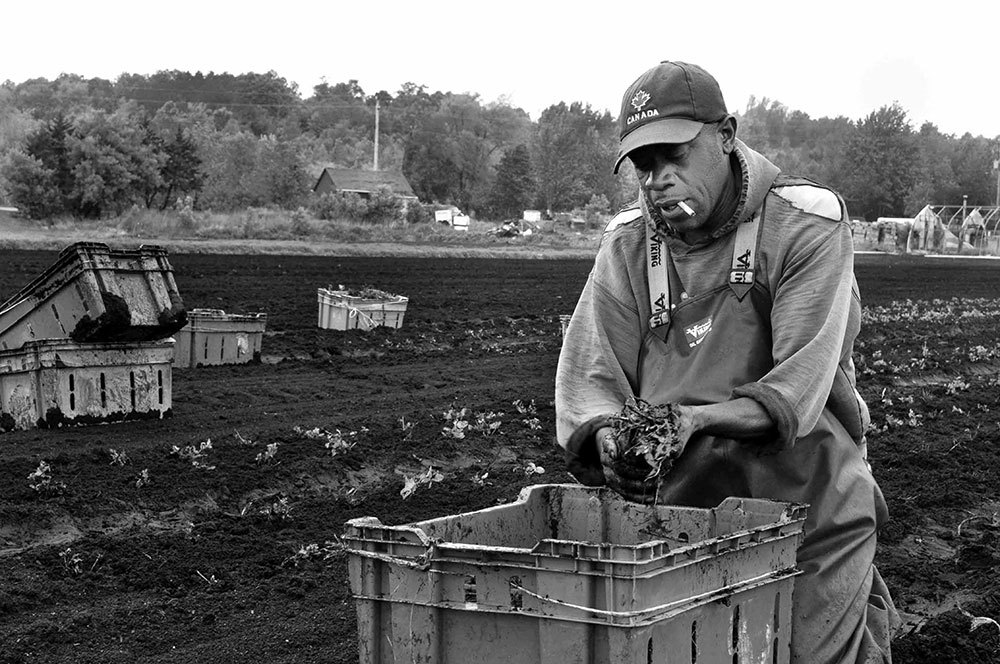
STEPHEN UHRANEY
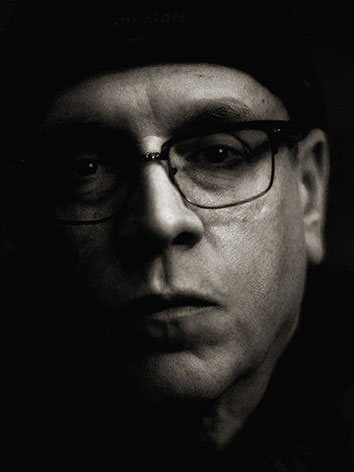
When I was a kid, my first camera was a gift from my grandfather, a Kodak 110. The first shots I took with it were of my friends playing the most Canadian of games; The “street hockey”. It wasn’t a shot of their smiling faces, but a detail shot of battered hockey sticks and a ragged tennis ball on the cracked road. That photo unfortunately has disappeared, but the image has always stayed with me.
Being an editorial photographer has always meant going in, taking the shot, then leaving, it’s always felt incomplete, never being able to stay around and get the whole story. I’ve always wanted to shoot more, to understand the lives of the people. At a news scene, all the photographers jostle for the same shot; The person being treated by the paramedics, flames spitting from a second-story window.
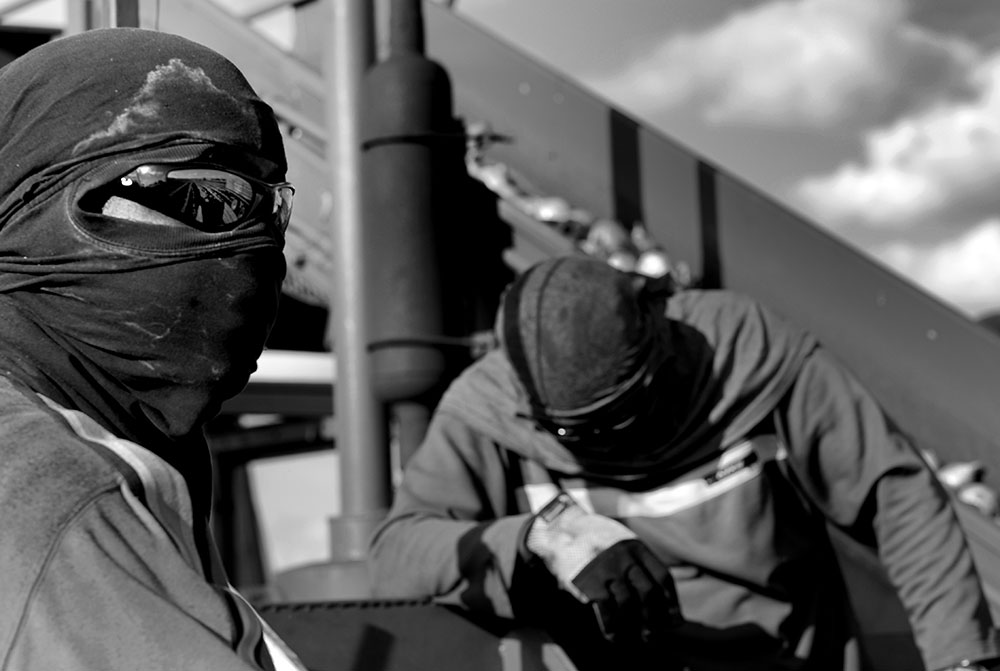
Documentary photography is entirely different; you shoot stories, things
that interest you. You have a chance to investigate, you research, learn, spending hours with your subjects often going back multiple times, you can shoot the “battered hockey sticks and the ragged tennis ball,” this is incredibly more rewarding.
The past few years I have been doing just that, concentrating on documentary photography; a boxing club, an older adult drop-in center, a shelter for homeless men with alcohol problems, a trauma unit in a busy hospital, a man who has been caring for his coma stricken wife for twenty years.
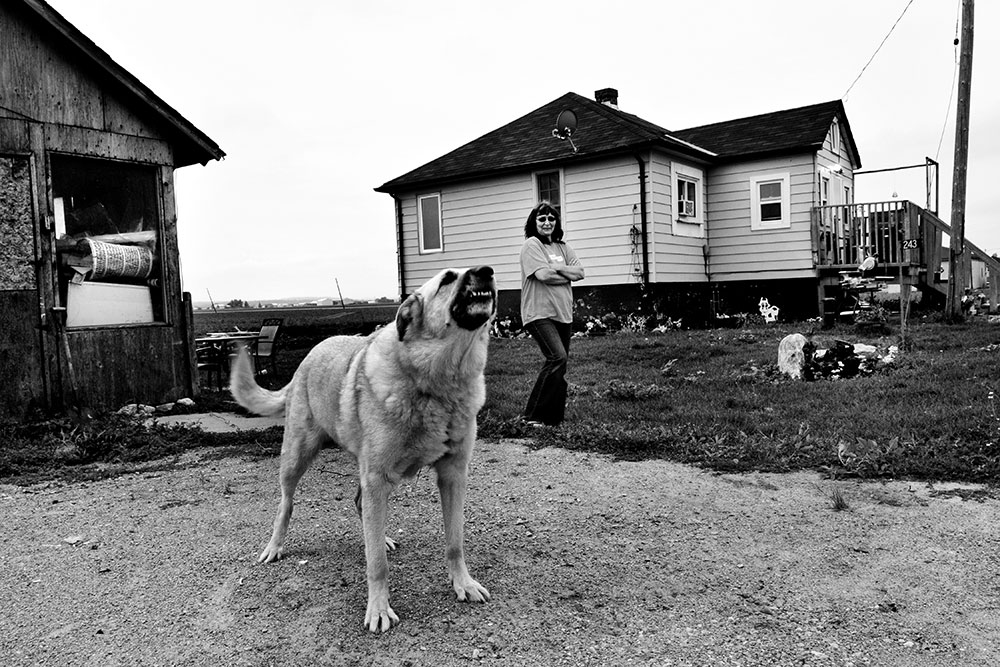
Not glamorous stories to be sure, but stories about life, everyday life, there for all of us to look at, that we can learn so much from, they are infinitely more interesting. By concentrating on these types of stories, you begin to understand people, seeing what they go through, for good or bad, how they live, love, work, and play. Then you are indeed able to appreciate where you are in the world. Through my efforts, I’m challenging the viewer to look at everyday life, to see the details, and get the whole story.

